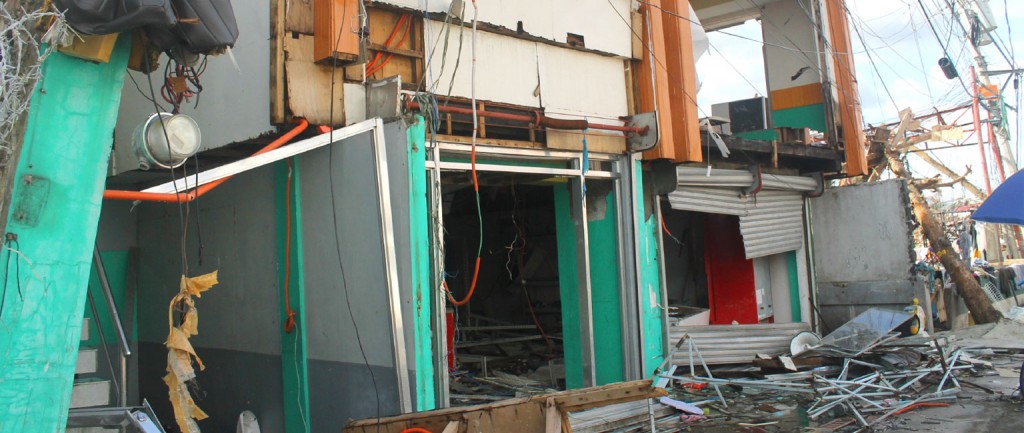Batten down the hatches: a freak weather guide for building owners

How should building owners prepare for a severe weather event? That’s the question many will be asking themselves this week courtesy of a record-setting week in the northern hemisphere.
Americans are busy assessing the damage after a polar vortex brought freezing arctic conditions to mainland states, epitomised by a bone chilling -27 degrees in Chicago. Across the Atlantic, authorities issued more than a 100 serious flood warnings in England as a band of virulent winter storms lashed the UK, Ireland, France Spain and Portugal.
Here in Australia, we have seen the worst nature can throw at us in recent years. And while everyone remembers the Queensland floods, Black Saturday bushfires and tropical cyclones, localised events, which pass in an out of the news, have brought significant losses to property owners.
Storms in Victoria at the start of 2011, for instance, produced extensive flooding and hail damage, power outages, and resulted in 56,000 claims to the insurance industry at a cost of $498 million.
| Most expensive natural events – Insurance Council of Australia | ||||
| Event | Year | Location | State | Normalised Loss* ($-2011) |
| Hailstorms | 1999 | Sydney | NSW | 4,296,000,000 |
| Cyclone Tracy | 1974 | Darwin | NT | 4,090,000,000 |
| Earthquake | 1989 | Newcastle | NSW | 3,240,000,000 |
| Flood | 1974 | Brisbane | QLD | 2,645,000,000 |
| Flood | 2010/11 | Multiple | QLD | 2,380,000,000 |
| Hailstorm | 1985 | Brisbane | QLD | 2,063,000,000 |
| Ash Wednesday Bushfires | 1983 | Multiple | VIC/SA | 1,796,000,000 |
| Severe Storm | 2007 | Multiple | NSW | 1,742,000,000 |
| Cyclone Madge | 1973 | Multiple | QLD/NT/WA | 1,492,000,000 |
| Cyclone Yasi | 2011 | Multiple | QLD | 1,352,000,000 |
If you manage a building, you need to be able to activate emergency procedures with very little notice, as wild weather often strikes without warning.
That means having a plan in place so your management can do its best to protect the safety of occupants and ensure your building survives and is up and running again as quickly as possible.
Step 1: Check your insurance policy
Review your insurance and ensure your policy covers your asset at its current market cost for fire, storm damage, floods and riparian events, plus any loss of business income.
Print out your provider’s claim process and use a safe-deposit box to store copies of your insurance policies and photographic documentation.
Step 2: Check your building
Every year, conduct a thorough audit ensuring the roof and windows are in good condition and all equipment works, particularly drainage and power systems.
Ensure adequate battery back-up power for fire suppression, alarms, lighting, exit signs and security cameras. If you have an onsite generator, ensure there is enough fuel in storage to last through an event and the time it may take for grid power to be restored.
Step 3: Check your communications
Your ability to communicate during a severe event is a critical aspect of any emergency plan.
Make sure you have an up-to-date tenant list and a range of communication channels, such as voicemail, email and text messaging. Test these throughout the year and ensure your channels allow tenants to report back that staff are safe and accounted for.
Also check your communication lines with emergency services and ensure tenants understand how agencies are likely to respond following an event.
Step 4: Right before the event
Call in extra operations staff and ensure roofs and setbacks are clear, with any scaffolding or loose equipment tied down securely.
Shut down lifts midway in their hoist ways and communicate instructions to all tenants.
Step 5: After the event
Following a weather event, your first actions should be to check that occupants of the building are safe and accounted for.
Before you remove any debris, use a camera to document damage to the building which may help you make a claim in the event of a loss.







